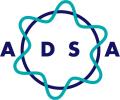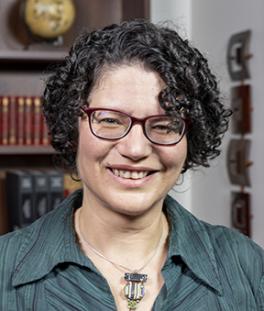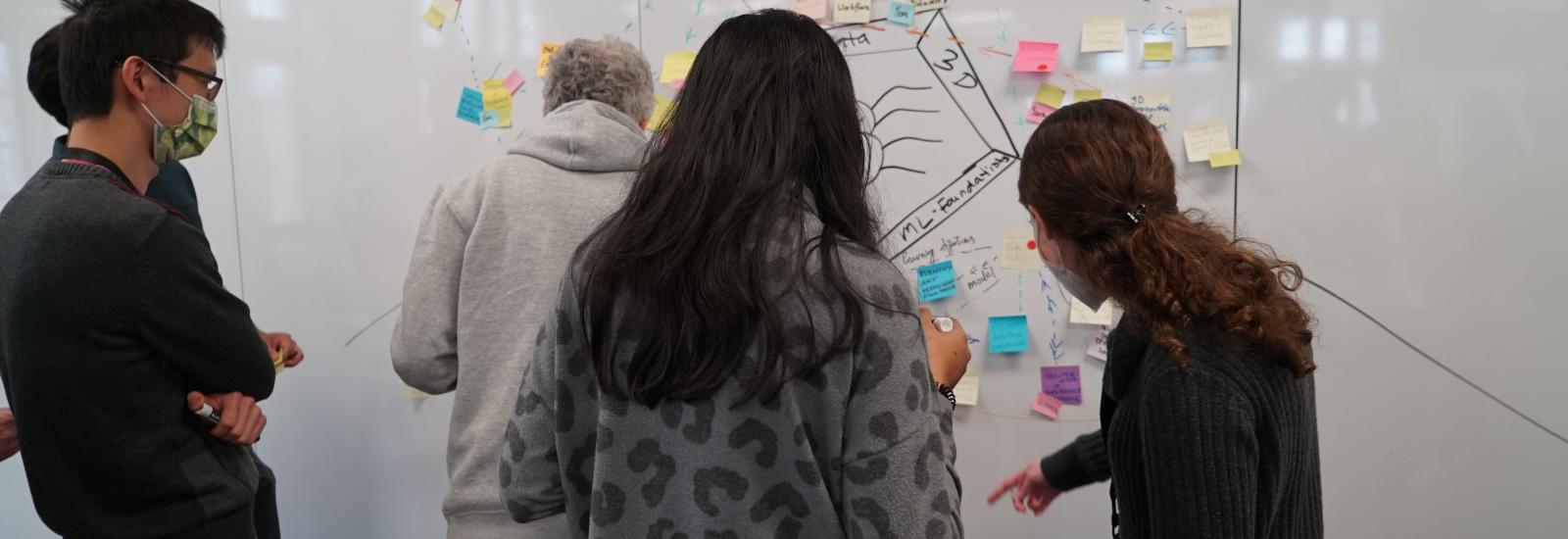What We Do
The Translational Data Analytics Institute brings together Ohio State faculty and students with industry and community partners to create interdisciplinary, data-intensive solutions to grand challenges. We do this by:
- Supporting interdisciplinary research communities of practice that connect researchers around shared interests and opportunities
- Providing resources such as research pilot awards, collaborative work spaces, trainings, data science services and more
- Hosting gatherings and activities to foster research ideas and collaborations, such as forums and seminars
- Strengthening community partnerships with a Master's in Translational Data Analytics for mid-career professionals that responds to industry needs
- Opening doors to data science and analytics for all through a unique summer camp for middle school students
- Providing and cultivating thought leadership to develop the field of translational data analytics nationally and around the world
Advisory Boards
TDAI is grateful for the guidance of its advisory boards and committees that help set strategic direction for the institute's priorities and activities.
Elliot Bendoly; Fisher College of Business; Professor, Operations and Business Analytics; SMB-Analytics Co-director
Jan Box-Steffensmeier; College of Arts and Sciences; Professor, Political Science, Sociology
Ginger Breon; Office of Technology and Digital Innovation; Chief Technology Officer
Cynthia Carnes; Office of Research; Senior Associate VP For Research Operations
Dave Hudak; Ohio Supercomputer Center; Executive Director
Lang Li; College of Medicine; Chair, Biomedical Informatics
Meris Longmeier; OSU Libraries; Head of Research Services, Associate Professor, Research and Education
Scott Shearer; College of Food, Agricultural, and Environmental Sciences; Professor and Chair, Food, Agricultural and Biological Engineering
Seth Weinberg; College of Engineering; Associate Dean for Research
Yolanda Zepeda; Office of Diversity and Inclusion; Interim Vice Provost
Dave Logan; Aruba Networks, HPE Subsidiary; VP & Chief Technology Officer
Mike Kuhlman; Battelle; Chief Scientist
Bharat Rao; Carenostics; CEO
Greg Morrisett; Cornell Tech; Dean and VP
Rebecca Butler; Columbus State Community College (CSCC); Executive VP
Mark Birkhead; JP Morgan Chase (JPMC); Chief Data and Analytics Officer
HV Jagadish; Michigan Institute for Data Science (MIDAS); Director; Professor of Electrical Engineering & Computer Science
John Macmullen; Midwest Big Data Innovation Hub (MBDH); Executive Director
Shannon Terry; Nationwide Insurance; SVP & Chief Advanced Analytics Officer
Diversity Statement
At TDAI, we believe that the exchange of ideas and perspectives strengthens our research and community. We are committed to fostering an environment where everyone feels respected, valued, and able to contribute fully. TDAI is open to all and seeks to create a culture of inclusion and collaboration that welcomes the participation of every individual.
TDAI is a founding member of the Academic Data Science Alliance

Why “translational” data analytics?
The use of the term “translational” reflects a fundamental shift toward utilizing data science and analytics to solve issues of global importance.
In 2014, TDAI defined “translational data analytics” as the application of data analytics theories and methods to generate solutions for real world problems, or use cases, derived from consultation with impacted stakeholders, and the subsequent delivery and dissemination of those solutions in a manner that enables stakeholders to use them in a tangible and quantifiable way.
The National Science Foundation later applied the “translational” concept to data science: “Translational data science” is a new term that is being used for an emerging field that applies data science principles, techniques, and technologies to challenging scientific problems that hold the promise of having an important impact on human or societal welfare. The term is also used when data science principles, techniques and technologies are applied to problems in different domains in general, including—but not restricted to—science and engineering research.

"Translational data analytics" is translating data into knowledge and action to benefit the world.
—TDAI Faculty Director Dr. Tanya Berger-Wolf

